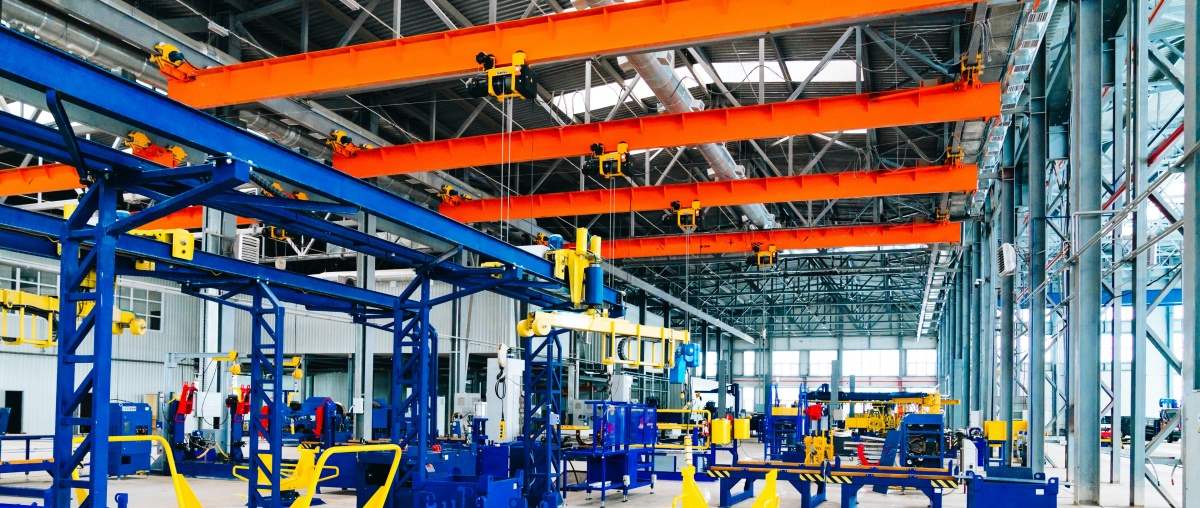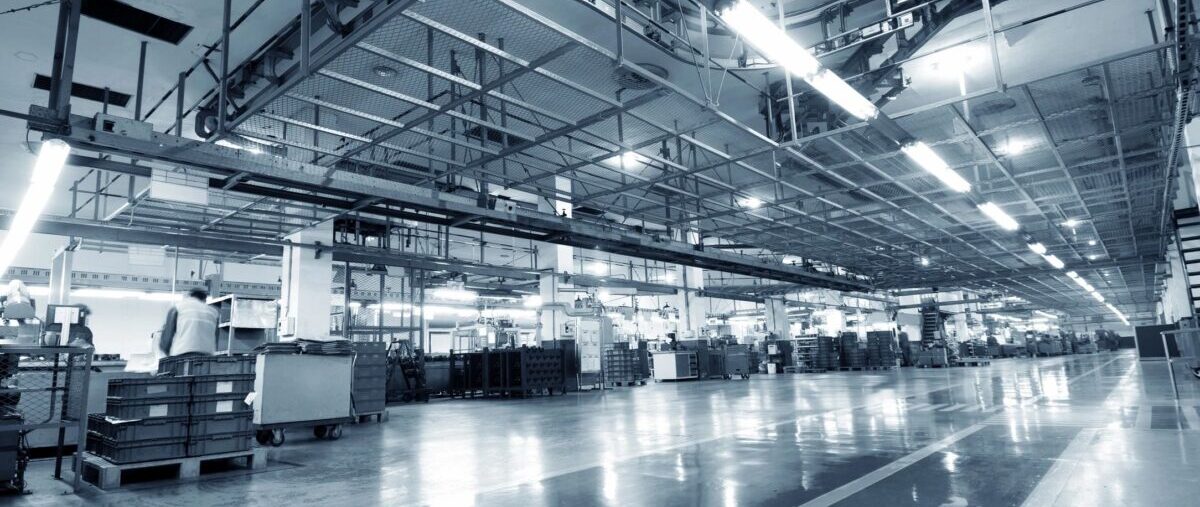Automated finishing systems enhance the quality of the finished products by consistently providing the same finishing touches to each component of your product line. These systems are used by all major coating technologies, including liquid, powder, electrocoat, anodizing, and plating. Increasingly, finishing systems are being built with expanded automation capabilities. This automation creates greater efficiency, flexibility, and scalability, making operations smoother and more cost effective.
There are basically 5 levels of automation with regards to Automated Finishing Systems:
Most conveyorized finishing systems are at the hardwired control level. This level provides very little automation, and these systems tend to be older models. They are notoriously built to be very robust and durable but offer very little flexibility due to the lack of automation.
- The first level of automation begins at the Mimic Pane level. This level provides a small level of automation and most of the troubleshooting can be performed by most electricians. It still requires a great deal of operator intervention. This type of automated finishing system is uncommon due to the cost to design and build it.
- At the Touch Screen Hardware Terminal level, PLC (Programmable Logic Controllers) are utilized providing increased functionality while reducing cost of design and build. This level of automation is very prevalent among most existing finishing systems. Electricians trained on the equipment can troubleshoot most of the issues and most processes are automated. This automation provides greater reliability in a smaller package.
- Data collection and storage capabilities are increased at the PC-Based level of automation. Due to the simpler operation of equipment, the system is more efficient. Part processing is also more flexible while manual operation is reduced.
- Database/Web-Based automation is not common due to the possible need for an expert technician or programmer be on staff. Larger OEMs are moving toward this level of automation for other areas of their industrial facility. The utilization of the newest software capabilities allows OEMs to connect the plant floor to the boardroom. Some capabilities at this level can include reporting and system operation to unlimited operator terminals, the ability to handle unlimited data points, and connection to an unlimited number of other software databases.
- The Fully Integrated Robotic Systems offers robotics for processes and conveyance. This robotic automation minimizes the use of operator engagement. Robots are used directly in the paint booth or used to load parts on and off the finishing line. Reciprocating spray systems, washers and blow off tunnels are also forms of robotics used in this level of automation. To make changes or troubleshoot robots, a programmer or someone trained in the robot’s specific controlling software is usually necessary.
When choosing the level of automation that is right for your plant, you should consider what is most important to your processes. For example, things you might consider could be the level of operator intervention, turnaround time, safety, energy savings, quality control, reduction of downtime and cost. Production Systems can help your company analyze the level of automation that is best for your application. Contact us to learn more about us and our finishing systems.



